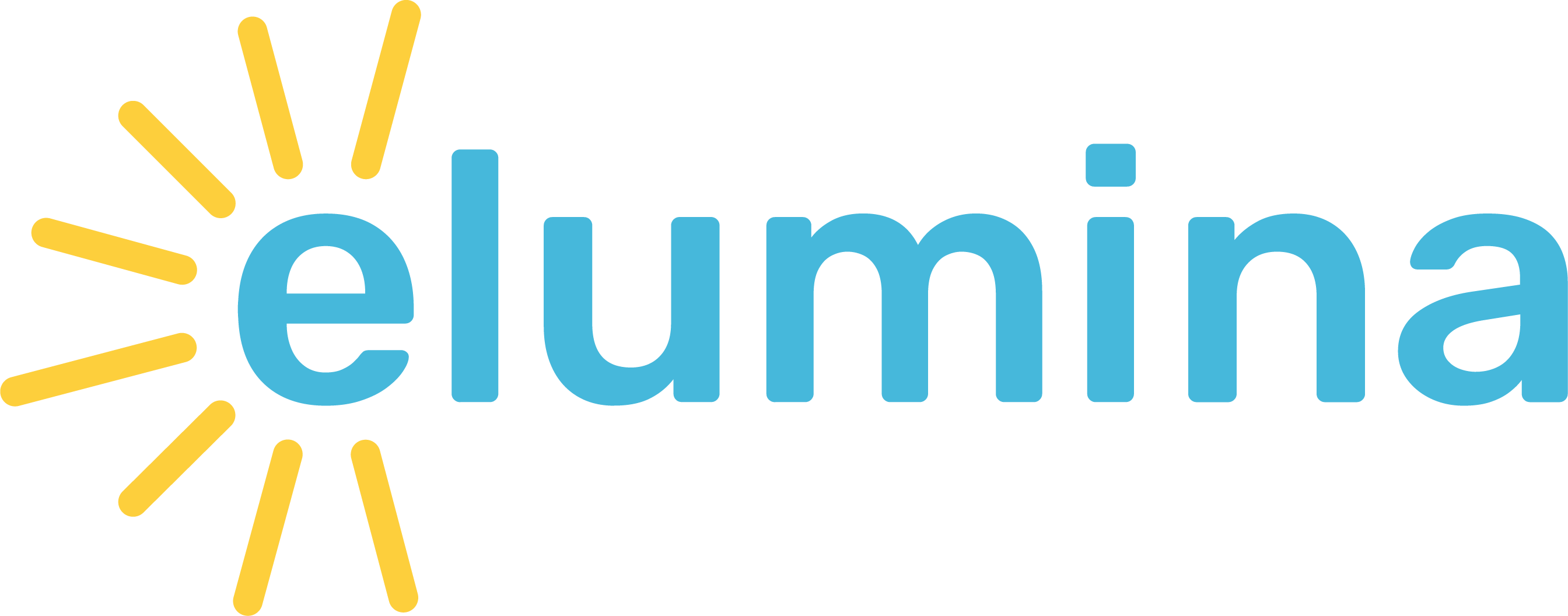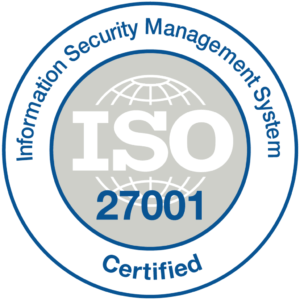
We are all life-time learners. Regardless of your formal occupation, schooling background, university degree, right now you are a learner. We are always learning, whether it is towards a formal qualification, or professional development courses, company policies and procedures, new-employee inductions – we are all constantly learning.
Even more exciting, it does not matter if you are in paid work or unpaid work. You are still a life-time learner. Just recently I embarked on a project of growing micro-greens at home. While the initial dropping of a seed onto soil and sprinkling it with water was fairly straight forward, I wanted to understand how to best produce a yield from my modest experiment, and most importantly which of my family members are likely to buy into this new healthy way of living. So, the learning, albeit without calling it that, takes place and the more I learn the more I keep adapting my little enterprise.
In the good old days, approximately two months ago in the pre-pandemic corporate world, many companies relied on traditional methods of learning within their organisations. As new starters join the company, they undergo training relevant to their job.
This training takes form in various ways – company manuals on intranet sites, whether in PDF or online-article format, in-house e-learning courses, formal and informal assessments, practical supervised sessions, peer-reviews, and the list goes on. We all learn, and organisations strive to make it as easy as possible for us to obtain and retain this knowledge.
Job training, professional development, compliance training, soft skills, performance improvement, personal interests, hobbies – you get the point 😊 we are always learning.
In the midst of COVID-19 pandemic, our learning shifted to take place largely in our homes. However, company obligations remain the same – whether it is compulsory learning or recommended learning.
So, how can an organisation enable effective learning from home for their employees? Here are practical steps to help you plan your transition from traditional learning methods to effective e-learning.
1. Review and get your content up to date. Whether it is PDF and Word documents, or online e-learning courses – review them now and make sure they are still relevant. This need not be an arduous task; you can break the content up into manageable chunks if needed.
Do not try to do this by yourself. Setting up a group of SMEs or champions at this point will propel this forward and set you up for success.
2. Chunk it! Learning is most effective when content is broken up into small learning ‘bites. Aim for approximately 5 to 10 minutes of learning per topic.
3. Create assessments. If your courses do not require a formal assessment, create formative quizzes that test learner’s knowledge as they go. One quiz per 5 minutes of learning is a good guide. If your courses do require formal assessment, you can chunk them also by assessing each topic (see point 2 above).
4. Understand your audience and jot at least the following points about your learners;
- Their age groups(s)
- English language proficiency
- Geographic location (mainly for the purpose of knowing if they have access to fast-speed internet)
5. Go Online. If you already have a good in-house e-learning platform, then this is the step for updating your courses and making sure they are fit for your audience.
If you don’t have an in-house e-learning platform, now is a good time to go shopping for one. You need to consider both the online content development specialist services, as well as e-learning platform hosting services.
6. Be specific. Make sure you take into consideration the devices and browsers you want the courses to run on. For example, your younger learners would most likely learn on mobile devices, and they would appreciate frequent quizzes to test their progress. If you have remote outposts with a limited internet connection, there are options for creating offline courses shared on USB, which you can arrange to post to them.
7. Test. Once your online course is ready, set aside time to test it thoroughly. Get your SMEs and champions involved to make sure everything is working as expected.
8. Repeat. Reviewing your e-learning courses every 12 to 18 months is a good idea. Planning for this review ahead of time will ensure the courses evolve gradually and smoothly. After all, we are all lifetime learners!
Garth Hehir
Director Sales
Learn more about Elumina’s online exam and assessment solutions here: Digital Assessments

 1300 313 368
1300 313 368 sales@eluminaelearning.com.au
sales@eluminaelearning.com.au 1 Margaret Street, Sydney, NSW
1 Margaret Street, Sydney, NSW
Recent Comments